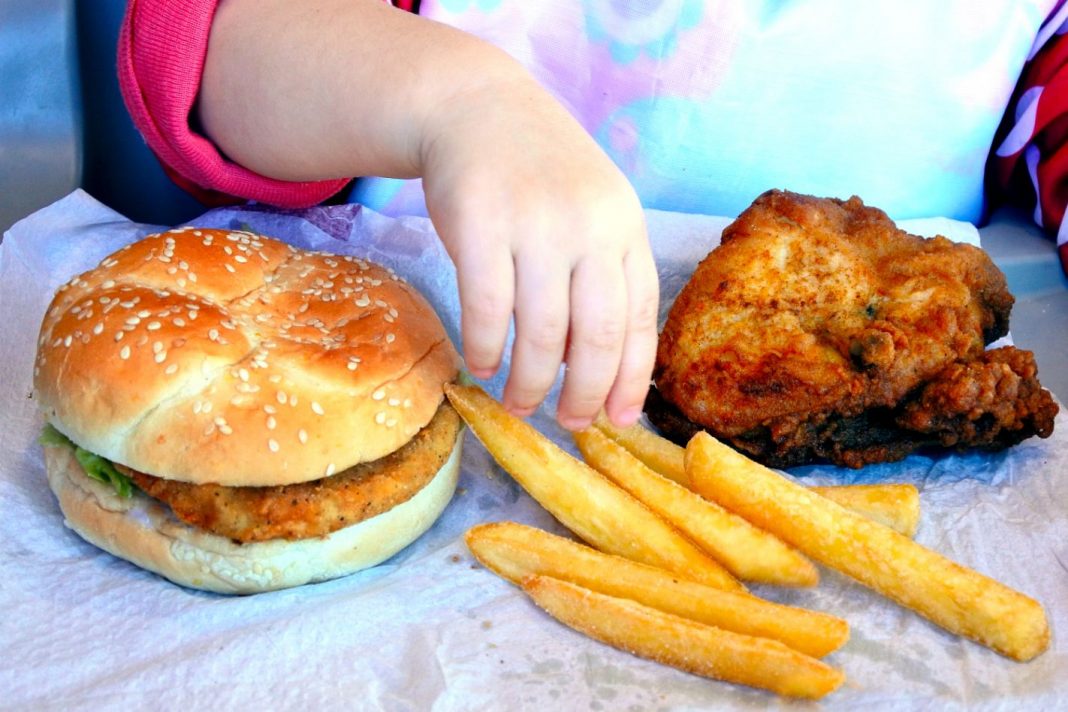A recent report has found certain demographics of children and adolescents are more likely to be overweight or obese than others.
The Overweight and obesity among Australian children and adolescents report, released by the Australian Institute of Health and Welfare (AIHW), shows the likelihood of child and adolescent overweight and obesity are based on different influences.
“The factors come down to an individual, family and a societal level; for example, food availability, neighbourhood walk availability, child and adolescent food marketing in certain areas,” AIHW spokesperson Claire Sparke said.
“It’s likely in those groups that are likely to be or are overweight or obese have more of those negative influences.”
The 2017-18 data shows young people aged from two to 17 years living in the lowest socioeconomic areas had an 11% chance of being obese, in comparison to 4.4% of the same age group living in the highest socioeconomic areas.
The same data showed one in four Australian children were overweight and one in 12 were obese.
“While the prevalence of overweight and obesity increased for 5–17-year-olds between 1995 (20%) and 2007-08 (25%), it has been relatively stable (but high) since,” Ms Sparke said.
“Although it’s stable it’s high, it’s still 25%. It shouldn’t take away from the fact that one-quarter of our children and adolescents are overweight or obese.”
While overall rates have remained stable, the percentage of Indigenous children and adolescents who are overweight or obese climbed from three in 10 in 2012-13 to four in 10 in 2018-19.
A second report, Overweight and obesity in Australia: an updated birth cohort analysis, found a link between their birth year and the likelihood of being obese.
“For most age groups, those born most recently were more likely to be overweight or obese, and to have a higher median body mass index, than those born 10 years earlier,” Ms Sparke said.
“For example, an additional seven in every 100 adults were severely obese at age 65-74 in 2017-18 (15.4%) compared with 2007-08 (8.5%).”
Ms Sparke said it was too early to tell what impact the pandemic would have on the trends found in the data.
“It’s too early to tell or understand if any changes will be sustained at all from the COVID-19 period so we will just need to watch this space,” she said.
For more:



